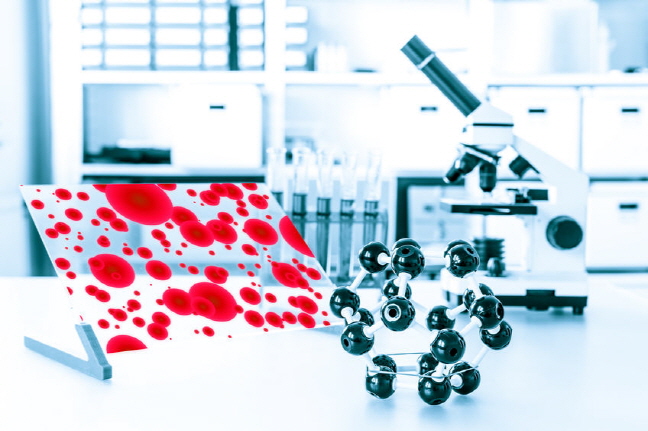
Graphene is a two-dimensional carbon nanomaterial that was removed from a single layer of graphite and is called a “new material of dreams” in the semiconductor field due to its superior electrical and chemical properties. (image: Korea Bizwire)
DAEJEON, Nov. 8 (Korea Bizwire) — Studies show that stress, which is toxic to people, acts as a “breakthrough” for graphene, a new material with potential applications in semiconductors.
A team of researchers at the Institute of Basic Science released the results of a study Thursday that indicates stress stimulates further reactions to graphene function devices.
Graphene is a two-dimensional carbon nanomaterial that was removed from a single layer of graphite and is called a “new material of dreams” in the semiconductor field due to its superior electrical and chemical properties.
If various functions are added to graphene, it can change its properties and be made into a versatile material.
The research team found that the “crystal structure”, in the form of an atomic array, of copper substrates, which are usually used for graphene synthesis, affects the response of adding functional devices.
Using different crystal structures such as ‘Copper 001′, ‘Copper 110′ and ‘Copper 111′ as substrates, the additional reactions of the graphene’s function were observed and the reaction was found to be the fastest and most uniform on copper 111 substrates.
The team explained that graphene, which grew from copper 111 substrates, was under the most stress.
Compression deformation is more likely to occur when graphene is stressed during the synthesis process. A higher strain rate reduces the energy required for the response, so it is easier to attach a functional device.
“This principle makes it easier to control the properties of graphene and manufacture graphene with various functions,” said Rodney Ruoff, head of the research team.
Kevin Lee (kevinlee@koreabizwire.com)






